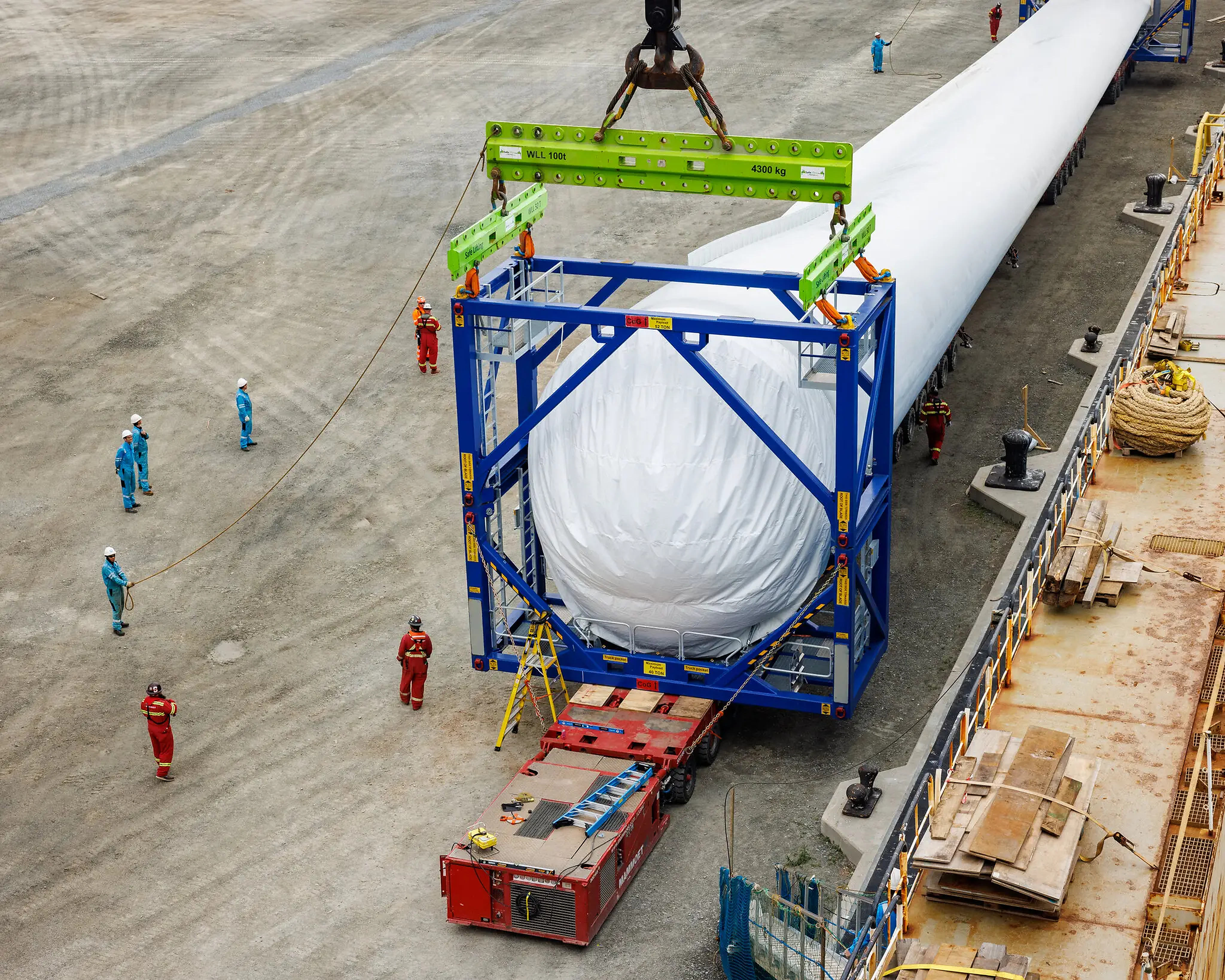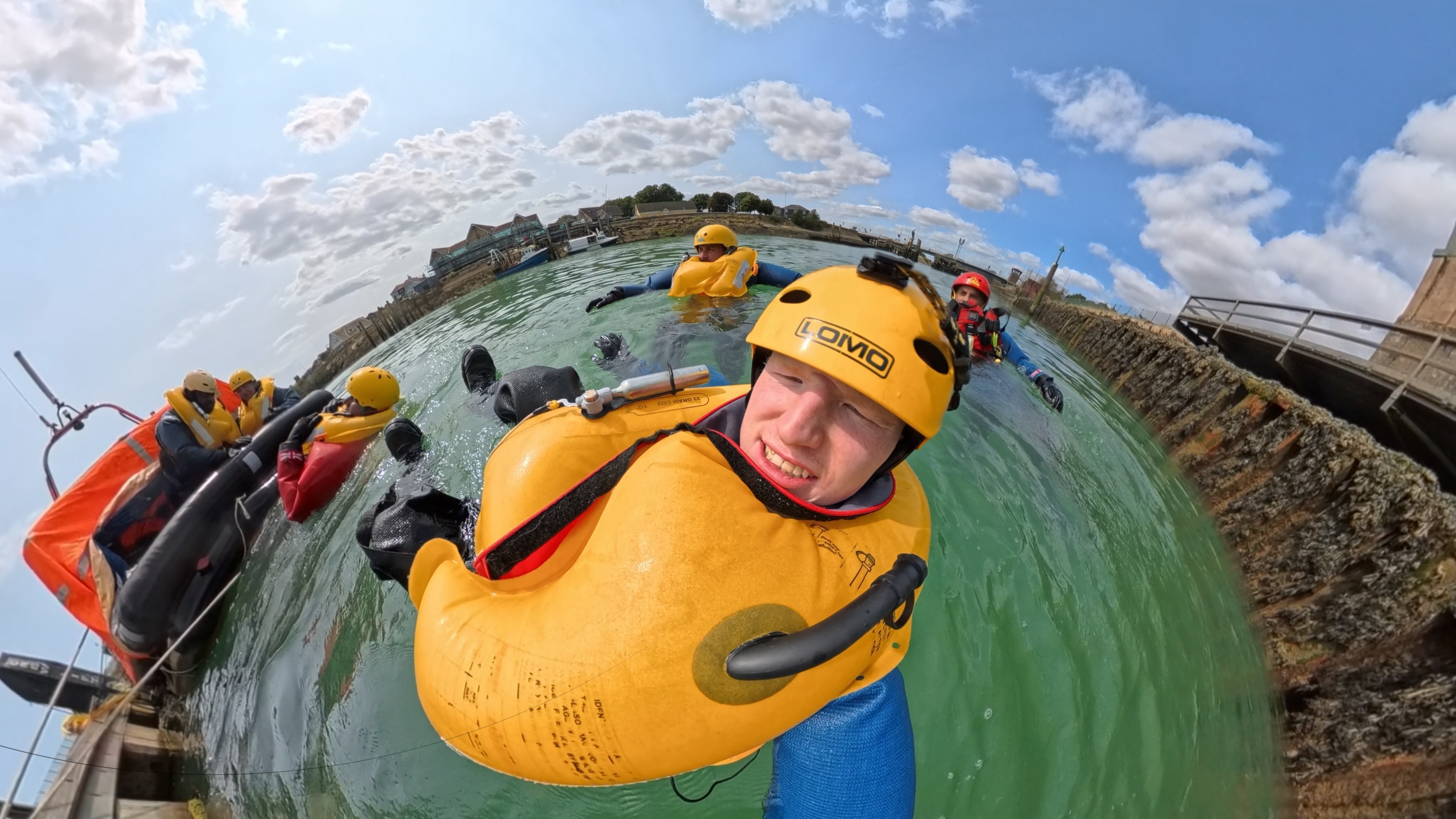Exclusive Articles
Minimizing climate uncertainty for offshore operation decision making
Published in: Wind, Think Tank, Exclusive Articles
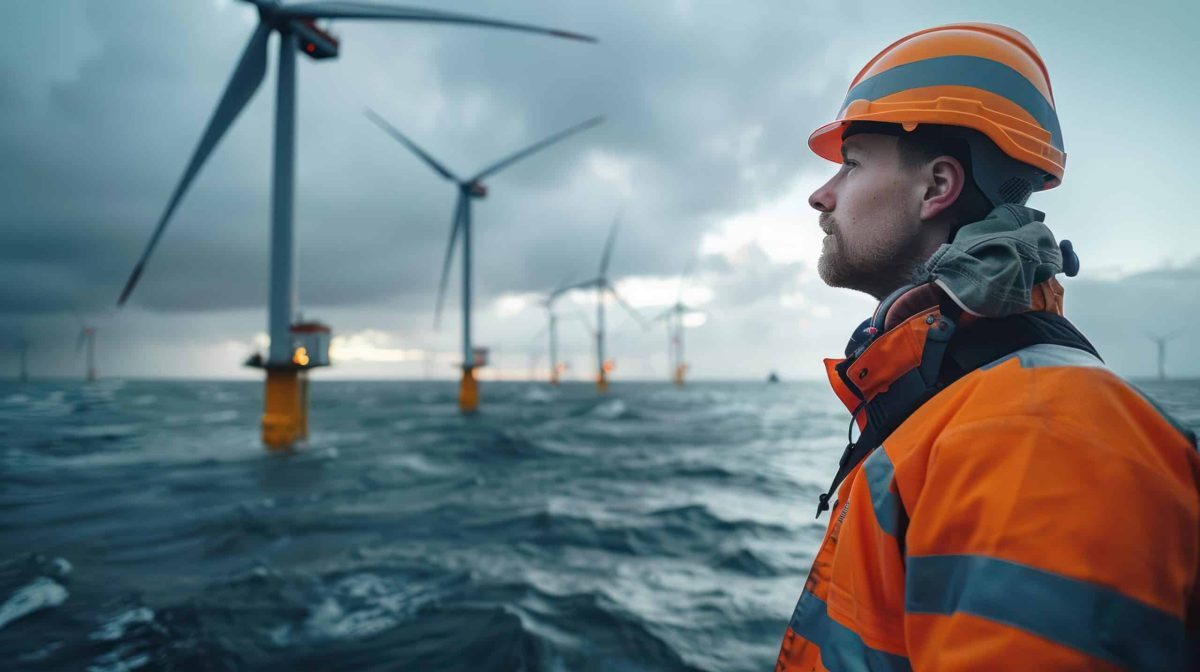
As offshore wind pushes into deeper, rougher waters, traditional forecasting isn’t enough. Miros explores how integrating real-time metocean data with AI-powered models is helping operators stay ahead of changing conditions, boosting safety, efficiency and resilience at sea.
Of all the key differences between offshore and onshore operations, how different weather impacts decision making is arguably the most crucial. It is intrinsically linked to the sea state, the implementation and behaviour of vessels and, in turn, to the safety and efficiency of actions, be that in offshore exploration and production or offshore wind.
Accurate weather forecasting has long been a cornerstone of offshore operations across the globe and is vital to managing risk and enhancing competence. It is a non-negotiable in the drive to set new standards for safety and efficiency in offshore wind, but it isn’t without its limitations.
Weather forecasting has evolved from generalized seven-day predictions to near real-time accuracy, yet for offshore wind operations, traditional forecasts can often fall short. While forecast models provide a broad outlook, they lack the precision, both in location and time resolution, needed for operations that demand reliable, site-specific data. By considering the limitations from traditional weather forecast models, a well-integrated system, consisting of both forecast model and accurate real-time metocean measurements, becomes a clear solution.
To read the full content, please download the PDF below.
Download Full Article

.gif)
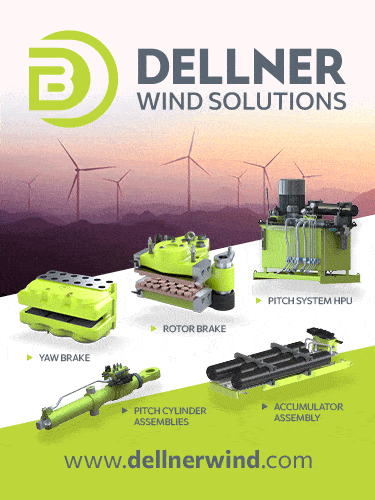

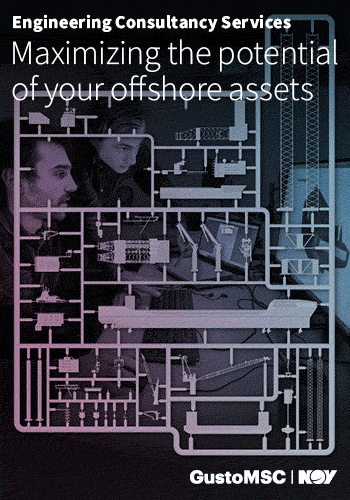

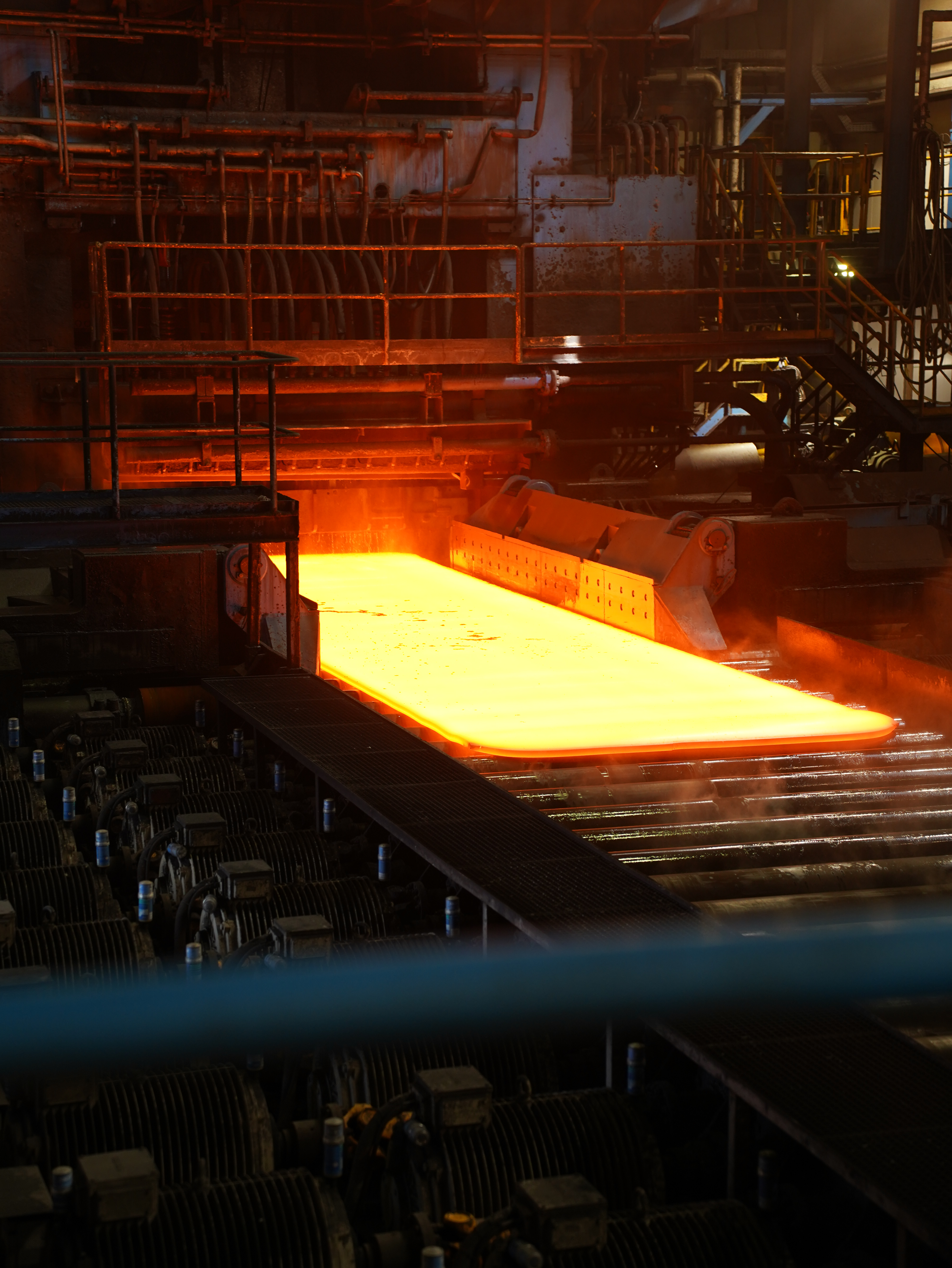
-300dpi-1.png)
